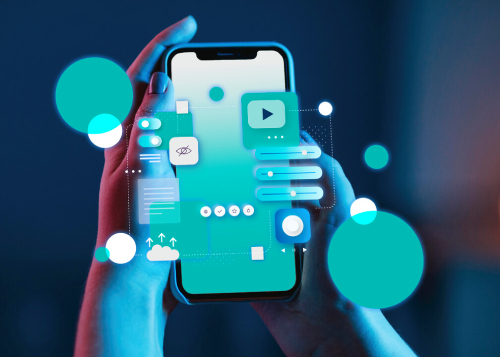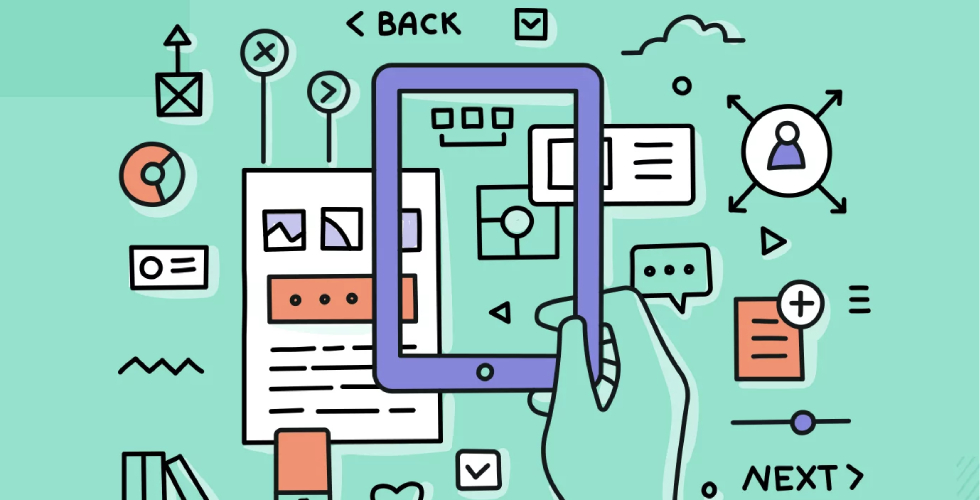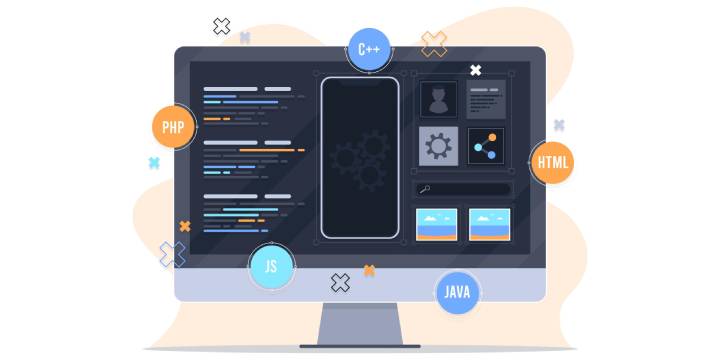Introduction
In today’s rapidly evolving digital landscape, app development has become fiercely competitive. With a plethora of applications battling for user engagement, one critical element often determines the success or failure of an app: User Experience (UX). A meticulously crafted UX can elevate an app from a mere tool to an essential part of users’ lives, driving satisfaction, retention, and long-term success.
Understanding User Experience (UX)
User Experience (UX) encompasses the entirety of a user’s interaction with an app. It involves everything from the app’s layout, design, and usability to its performance, accessibility, and responsiveness. A flawless UX makes an app intuitive and delightful to use, while a poorly designed UX can quickly lead to frustration and abandonment.

Key Elements of an Effective UX
- Intuitive Navigation Users should be able to navigate through the app effortlessly. Clear menus, logical flow, and a consistent design language help users find what they need without frustration.
- Responsive Design A successful app works flawlessly across all devices and screen sizes. Whether a user is on a smartphone, tablet, or desktop, the app should provide a seamless experience.
- Fast Load Times Slow loading times can lead to high bounce rates. Optimizing the app’s performance to load quickly is essential for keeping users engaged.
- Accessible Design An inclusive UX design ensures that the app is accessible to all users, including those with disabilities. This includes features like screen reader compatibility, adjustable text sizes, and color contrast options.
Why UX Matters in App Development
- User Retention and Loyalty: When users find an app easy to use and enjoyable, they are more likely to return to it regularly. Positive experiences lead to higher user retention rates, which in turn can drive more downloads and increase revenue..
- Enhancing Accessibility and Inclusivity: A well-designed UX takes into account the diverse needs of all users, including those with disabilities. By prioritizing accessibility, you ensure that your app is usable by a wider audience, which can lead to increased user satisfaction and a broader market reach.
- Reduced Development Costs: Investing in UX design early in the development process can save time and money in the long run. By focusing on creating a user-centered design from the outset, developers can identify and address potential usability issues before they become costly problems
- Positive Brand Image: A well-designed app reflects positively on the brand. It shows that the company values its customers by providing them with an efficient and enjoyable product, thereby strengthening brand reputation and customer trust.

Conclusion
In the fiercely competitive world of app development, prioritizing UX is not just a best practice—it’s essential for success. By focusing on creating a user-friendly, intuitive, and accessible app, you set the stage for positive user experiences that drive engagement, retention, and revenue. In a marketplace where user expectations are higher than ever, a well-crafted UX is the key to standing out and achieving long-term success.




